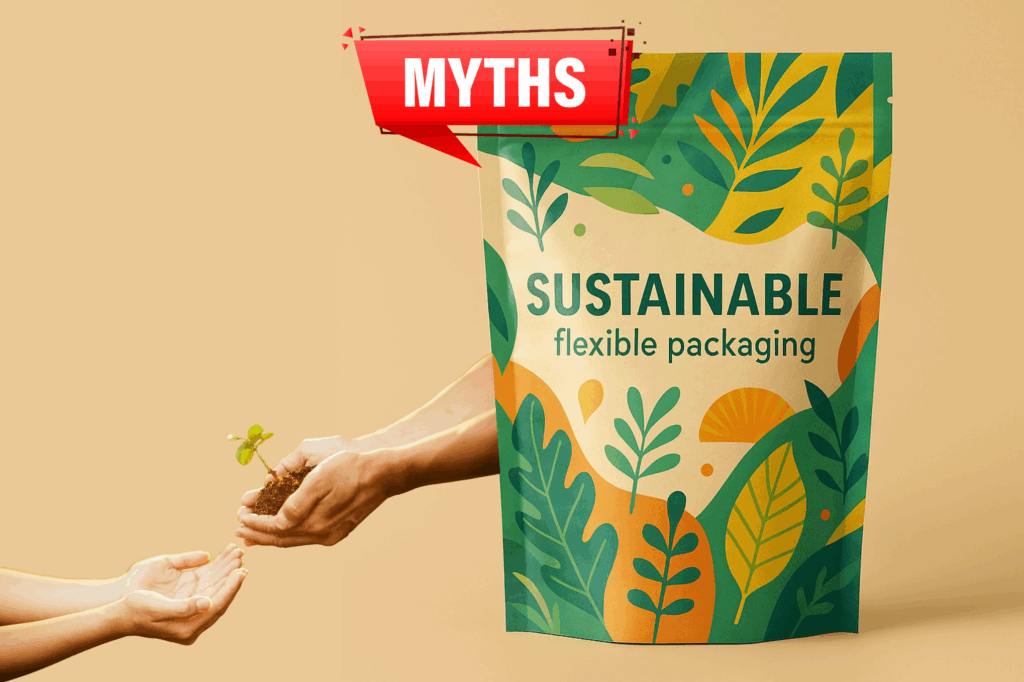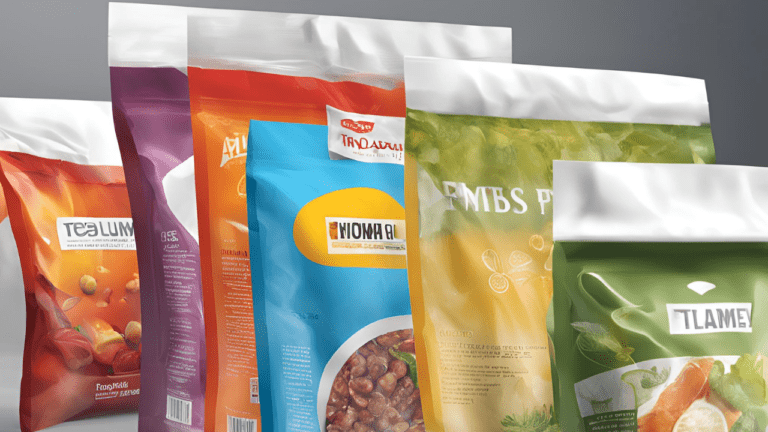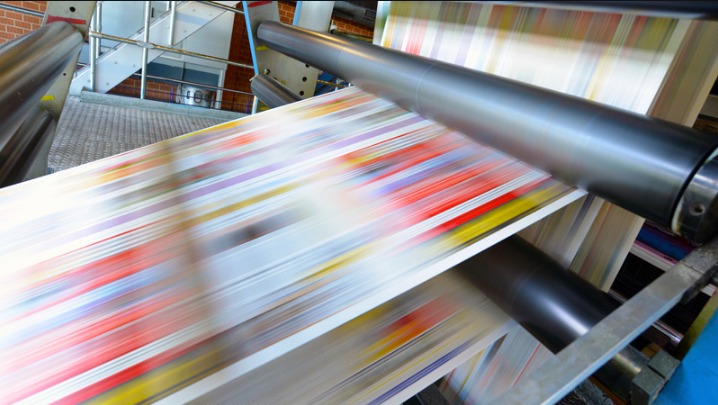In today’s environmentally conscious world, sustainable packaging has become more than just a trend — it’s a business imperative. Yet, despite its growing relevance, many brands are hesitant to make the switch. Why? Because sustainable packaging is often clouded by outdated myths, misinformation and misplaced assumptions.
In this article, we’re cutting through the noise. Let’s bust some of the most common myths surrounding sustainable packaging — and uncover what businesses really need to know to make informed, future-ready decisions.
Myth 1: Sustainable Packaging Is Always More Expensive
The Reality:
While some eco-friendly materials may carry a higher initial cost, the long-term savings — both financially and environmentally — tell a different story. Reduced material usage, optimized logistics and increased brand loyalty all contribute to offsetting the investment. Moreover, as demand grows and technology advances, sustainable packaging is becoming more affordable than ever.
Smart brands view it not as a cost, but as a value-driven investment.
Myth 2: It Compromises Product Quality or Protection
The Reality:
One of the biggest misconceptions is that going green means compromising on strength or barrier properties. In truth, modern sustainable packaging solutions are engineered for performance — offering moisture resistance, puncture protection and shelf stability that matches (or even exceeds) traditional materials.
From compostable films to recyclable laminates and mono-material pouches, sustainability doesn’t mean sacrificing performance. It means innovating smarter.
Myth 3: It’s Only for Niche or Premium Brands
The Reality:
Sustainable packaging is not reserved for boutique, high-end brands. In fact, consumers across all segments — from mass-market to luxury — are demanding eco-conscious practices. Whether you’re in FMCG, personal care, pet food or pharmaceuticals, sustainable options can be customized to suit your audience and price point.
Sustainability isn’t niche anymore. It’s mainstream.
Myth 4: It’s Just About Materials
The Reality:
Choosing the right material is only part of the puzzle. True sustainability considers the entire packaging lifecycle — from raw material sourcing and manufacturing efficiency to recyclability, carbon footprint and end-of-life solutions. Lightweight designs, reduced ink usage and compact formats all contribute to a smaller environmental impact.
In other words, sustainability is about systems thinking, not just swapping plastics.
Myth 5: Consumers Don’t Really Care
The Reality:
Today’s consumers are more informed and conscious than ever. Studies show that a significant majority of buyers prefer brands that are transparent and sustainable. In fact, packaging is often the first touchpoint where consumers see your commitment to the planet.
Make it count — your packaging speaks volumes before your product is even opened.
So, What Should Businesses Do?
- Start small, scale smart: You don’t have to overhaul everything overnight. Begin with one SKU, one material change or one step toward recyclability.
- Educate your audience: Sustainable packaging can become a brand story. Share your choices and invite customers to join your mission.
- Partner with the right experts: Work with packaging partners who understand your product, your industry, and your sustainability goals — like GreenEdge.
Why It Matters Now More Than Ever
The conversation around packaging has shifted — it’s no longer just about function or aesthetics, but about responsibility, innovation and foresight. As regulatory standards evolve and climate concerns grow, the brands that lead with purpose will be the ones that last.
🌱 At GreenEdge, we believe in packaging that protects your product and our planet. Let’s bust myths and build smarter solutions — together.




